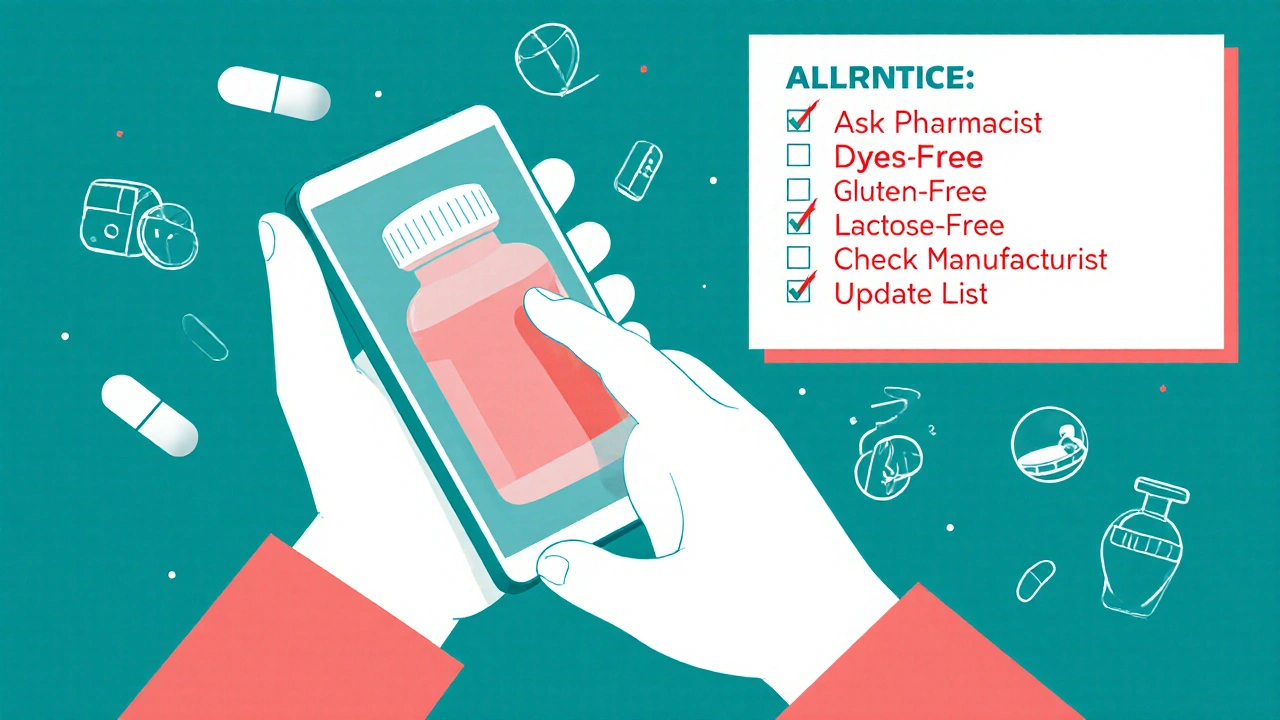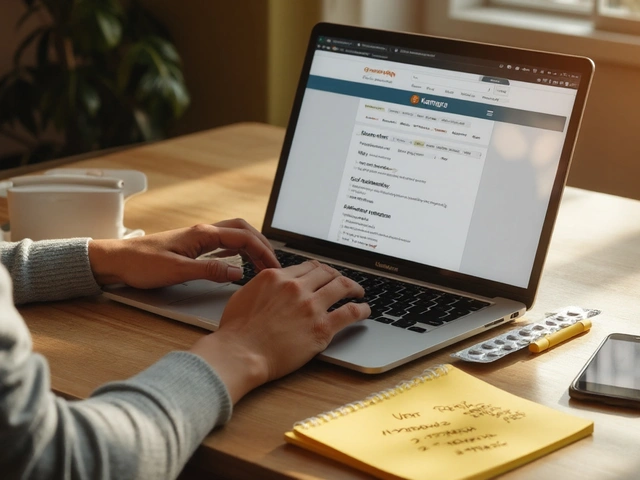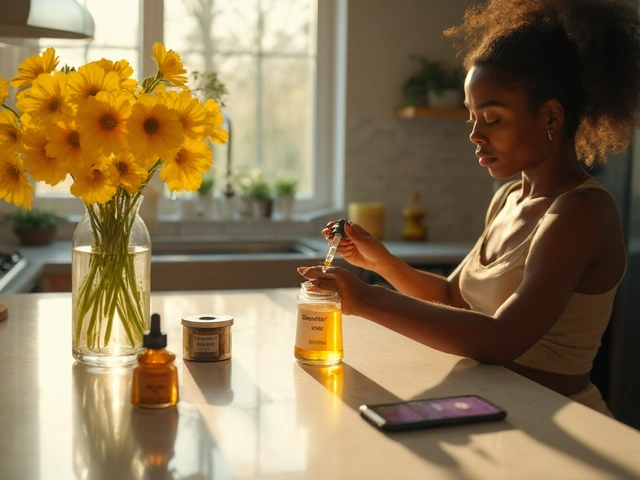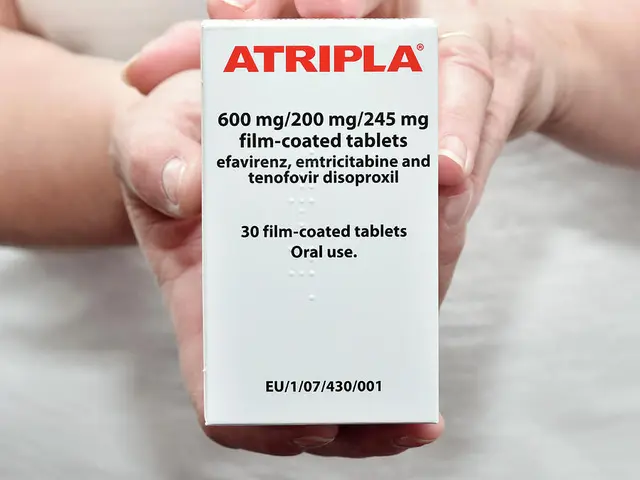
Every time you pick up a new prescription, you’re trusting that the pill in your hand won’t trigger a reaction. But what if the problem isn’t the active drug-it’s the filler? The coloring? The binder? These are called inactive ingredients, and they’re often the hidden cause of allergic reactions in people who think they’ve checked everything.
Unlike food, where labels are tightly regulated, prescription labels don’t have to spell out allergens clearly. You won’t find a bold "Contains: Milk" or "May Contain Peanuts" on a bottle of pills. That’s not a mistake-it’s the rule. And it’s putting millions of people at risk.
Why Food Labels Are Clear-But Medicine Labels Aren’t
In the U.S., the Food Allergen Labeling and Consumer Protection Act (FALCPA) has been law since 2006. It forces food companies to list the nine major allergens: milk, eggs, fish, shellfish, tree nuts, peanuts, wheat, soy, and sesame (added in 2023). If a product has even a trace of peanut oil, it must say so-either in parentheses next to the ingredient or in a "Contains" line at the bottom.
But none of that applies to medications.
The FDA doesn’t require drug manufacturers to declare allergens in inactive ingredients. That means your antibiotic might contain lactose (a milk derivative), your painkiller might use soy lecithin as a stabilizer, and your capsule could be made with gelatin from pork or beef. None of this is required to appear on the bottle. Not even in small print.
According to the FDA’s Center for Drug Evaluation and Research, there’s no standardized system for listing allergens in medicines. That’s why you can’t rely on the label alone. You have to ask.
How to Read a Prescription Label Like a Pro
Start by checking the name of the drug. That’s the active ingredient. It’s what treats your condition. But it’s not what’s going to make you sick if you’re allergic to milk, nuts, or gluten.
Now look for the list of "inactive ingredients." Sometimes it’s on the package insert. Sometimes it’s printed on the side of the bottle. Sometimes it’s only available online or through your pharmacist.
Here’s what to look for:
- Lactose = milk derivative
- Arachis oil = peanut oil
- Soy lecithin = soy
- Starch = could be corn, wheat, or potato
- Shellac = from insects (not food, but can trigger reactions)
- FD&C dyes = sometimes derived from animal sources
- Gluten = often hidden in starch or fillers
Don’t assume "natural flavors" or "color added" are safe. These terms can hide allergens. A 2022 FDA report found that 32% of allergic reactions came from people misreading these vague terms.
Even if you’ve taken this exact medication before, check again. Formulations change. A generic version made by a different company might use a different filler. That’s why 28% of accidental reactions happen to people who’ve used the same drug for years.
What to Do When the Label Doesn’t Help
Pharmacists are your best ally. Don’t just take the script and go. Ask:
- "What are the inactive ingredients in this pill?"
- "Is there a version without lactose or soy?"
- "Can you give me the full ingredient list from the manufacturer?"
Most pharmacies can pull up the manufacturer’s data sheet. Some even have digital tools that flag allergens when you scan the barcode.
If your pharmacist says they don’t have the info, ask them to call the manufacturer. It’s your right to know. In 2023, the Journal of Allergy and Clinical Immunology reported that 4% of U.S. adults have a medication allergy-and many don’t even realize it until they react.
Some brands make it easier. Companies like Apotex, Actavis, and Corepharma publish allergen-free lists for their generic drugs. Ask your pharmacist if they carry those brands.

What About Over-the-Counter Drugs?
The same rules apply. Your Advil, allergy pill, or sleep aid might contain the same hidden allergens. OTC labels are even less consistent than prescriptions. Some list ingredients. Others don’t. Always check the Drug Facts panel. If you see "other ingredients," dig deeper.
There’s a reason why the "free-from" food market is worth $68 billion. People are tired of guessing. The same demand is growing for allergen-free medications. Some pharmacies now stock "allergy-safe" versions of common drugs-lactose-free ibuprofen, dye-free antihistamines, gluten-free vitamins. Ask for them.
Real Stories, Real Risks
A mother in Ohio took her 8-year-old to the ER after he broke out in hives following his daily ADHD medication. The doctor thought it was a virus. The mom insisted it was the pill. They checked the ingredients. The capsule contained lactose. The boy had a milk allergy he’d never been diagnosed with. The medication was switched. The rashes stopped.
A man in Texas had severe swelling after taking a generic painkiller. He’d used it for five years. The new version used a different filler: soy lecithin. He didn’t know he was allergic until the reaction.
These aren’t rare cases. FARE’s 2023 survey found that 42% of allergy sufferers had at least one reaction in the past year from a product they thought was safe. Many of those were medications.

How to Stay Safe Going Forward
Build a system. Here’s how:
- Keep a list of your allergens. Include both food and non-food triggers (like gelatin or shellac).
- When you get a new prescription, write down the drug name and the manufacturer.
- Go to the manufacturer’s website. Search for "inactive ingredients" or "product information."
- Ask your pharmacist for the full list. Don’t accept "it’s the same as last time."
- Use a pill organizer with a label that notes allergens. Some apps, like AllergyEats’ Scan feature (launched in 2024), can read ingredient lists with your phone’s camera.
- Update your list every time you get a new prescription-even if it’s the same drug.
Practice takes 15 to 20 seconds per pill. But that’s less time than it takes to scroll through your phone. And it could save your life.
The Bigger Picture
The system is broken. Food labels are clear. Medicine labels are not. And while the FDA is working on new guidelines-like requiring clearer allergen disclosure and possibly expanding the list of tracked ingredients-nothing has changed yet.
Until then, you’re the last line of defense. No one else will check for you. Not your doctor. Not your pharmacist. Not the manufacturer.
That’s why reading labels isn’t just smart. It’s necessary.
Can I trust the "Contains" statement on a medicine bottle?
No. Unlike food, medicines are not required to include a "Contains" statement. Even if you see one, it may be incomplete. Always ask for the full list of inactive ingredients from the manufacturer or pharmacist.
Are generic drugs safer or riskier than brand-name ones for allergens?
They can be riskier. Generic drugs often use different inactive ingredients than the brand-name version. Just because you tolerated the brand doesn’t mean you’ll tolerate the generic. Always check the ingredients for each version.
What should I do if I react to a medication?
Stop taking it immediately. Contact your doctor and pharmacist. Request the full list of inactive ingredients from the manufacturer. Report the reaction to the FDA’s MedWatch program. Keep a written record of the drug name, manufacturer, and ingredients that caused the reaction.
Is there a list of medications that are guaranteed allergen-free?
No official government list exists. But some manufacturers, like Apotex and Actavis, publish allergen-free drug lists on their websites. Ask your pharmacist if they carry these brands. Some specialty pharmacies also stock allergen-safe medications.
Can I request a custom-made medication without allergens?
Yes. Compounding pharmacies can make medications without specific allergens like lactose, soy, or gluten. Your doctor can write a prescription for a compounded version. This is often used for people with multiple allergies or severe reactions. It may cost more and take longer to fill, but it’s a safe option.
satya pradeep
Bro, I didn’t even know inactive ingredients could kill you. Took that amoxicillin for years-turns out it had lactose. My stomach threw a tantrum every time. Never connected the dots until my allergist screamed at me. Now I check every pill like it’s a bomb. You’re not paranoid. The system is broken.
Leslie Douglas-Churchwell
Of course the FDA doesn’t care 🤡. Big Pharma’s got lobbyists writing the rules. They don’t want you to know your pills contain soy, gelatin, or insect shellac. It’s not negligence-it’s intentional obfuscation. You think they’d let you scan a barcode to avoid anaphylaxis? Nah. They profit off your ignorance. 🚨💉 #PharmaCoverUp
Kathryn Ware
Thank you for this. I have a soy allergy and almost died after taking a generic ibuprofen. The label said "other ingredients" and I trusted it. Big mistake. Now I call my pharmacy before every script. They’ve started keeping a folder for me with all the ingredient sheets. Pharmacists are heroes. Also, the AllergyEats app? Game-changer. I scan every pill now. 📱❤️
kora ortiz
Do this. Every time you get a new prescription, write down the manufacturer and the inactive ingredients. Save it in a note on your phone. Update it every time. It takes 15 seconds. Your life is worth more than your phone’s lock screen
shubham seth
Let’s be real-this is just capitalism with a stethoscope. Companies use cheap fillers because they’re profitable. Lactose? Dirt cheap. Soy lecithin? Cheaper than rice flour. Gelatin? From dead cows and pigs, no one’s checking. The FDA’s got better things to do than protect people who can’t read a label. Meanwhile, my cousin’s kid had a seizure from a dye in his ADHD med. No one warned them. Welcome to America.
Kyle Swatt
It’s wild how we’ll read every ingredient on a bag of chips but hand over a bottle of pills like it’s a sacred text. We trust the system because we’re told to. But the system was never built for us-it was built for efficiency. And efficiency doesn’t care if your throat swells. I used to think I was overreacting until I saw the gelatin in my capsule was pork-derived. I’m Muslim. I didn’t even know. That’s not a mistake. That’s a failure.
Deb McLachlin
Compounding pharmacies are an underutilized resource. I have multiple severe allergies and have been using a compounding pharmacy for three years. They make my thyroid med without corn starch, lactose, or dyes. It costs $120 a month instead of $15, but I don’t end up in the ER. Your doctor can prescribe it-just ask. Most don’t know about it. You have to lead.
Elia DOnald Maluleke
One cannot help but observe the profound epistemological rupture between the regulatory frameworks governing food and pharmaceuticals. The former, subjected to the rigorous epistemic discipline of FALCPA, demands transparency; the latter, a relic of industrial pragmatism, enshrines opacity as policy. To equate the consumer’s right to know in one domain with the other is to commit a category error of dangerous magnitude. The pharmaceutical-industrial complex operates under a logic of instrumental rationality wherein the body is reduced to a site of cost optimization-not a sentient vessel deserving of epistemic dignity. One must therefore not merely read labels-but interrogate the very architecture of pharmaceutical governance.
Jeremy Hernandez
Why are people so surprised? You think Big Pharma gives a shit? They sell you pills with peanut oil and call it "natural flavor." Meanwhile, your doctor’s too busy scrolling TikTok to care. If you’re allergic to anything, you’re on your own. Stop trusting labels. Start trusting your gut. And if you’re still alive after reading this, congrats-you’re one of the lucky ones.
Prem Hungry
Hey, I’ve been a pharmacist for 18 years. I’ve seen people have reactions to starch, dyes, even the glue on the pill coating. I’m not trying to scare you-I’m trying to save you. If you have allergies, come to the counter and say "I need the full ingredient sheet." We can print it. We have the database. Don’t be shy. We’ve got your back. And yes, generics can be different. Always ask. Always check. You’re not being difficult-you’re being smart.
Tarryne Rolle
Isn’t it ironic that we live in a world where you can trace your avocado’s farm-to-table journey with an app, but you can’t know if your antidepressant contains pork gelatin? The real allergen here isn’t lactose-it’s the illusion of safety. We’ve been conditioned to trust institutions that profit from our ignorance. The only way out is radical distrust. And maybe a compounding pharmacy. Or a monastery. Either way, the system is a lie.






Write a comment